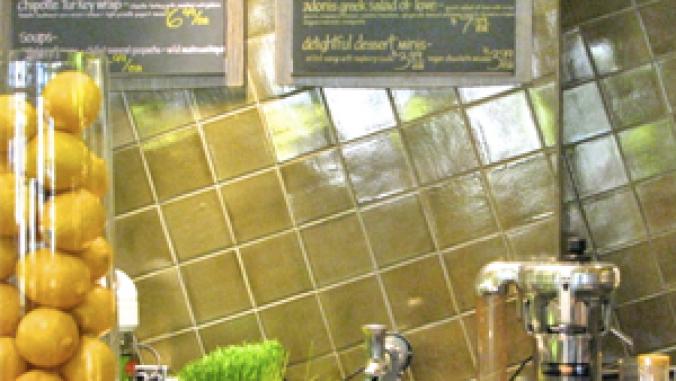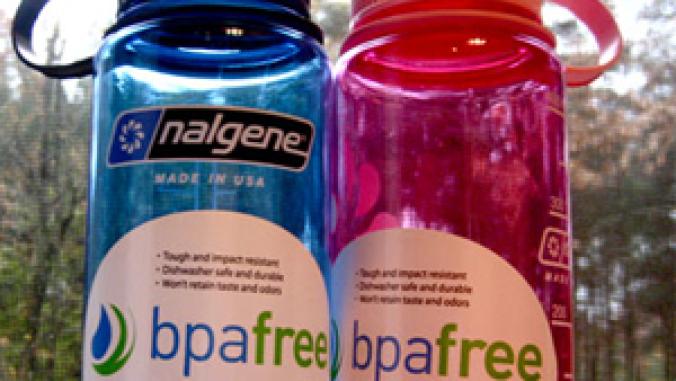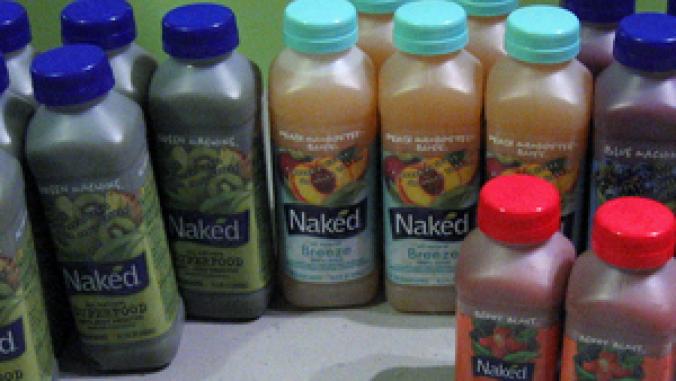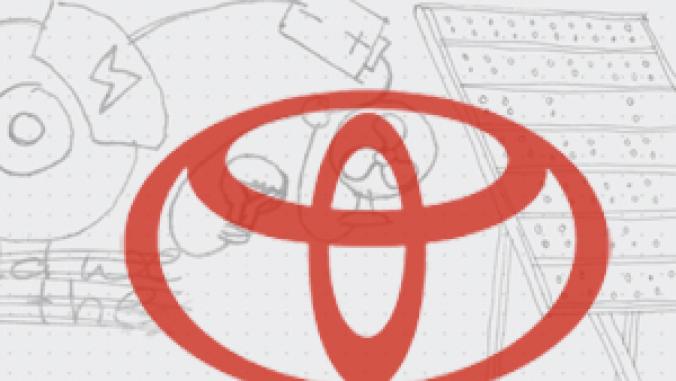Packaging Maker Chooses Material Reduction, Not Biodegradables
Sealed Air plans to reduce the amount of material in its plastic film products instead of converting to oxo-biodegradable materials.

When it comes to plastic films, Sealed Air expects to make a better environmental impact by using less instead of switching to biodegradable materials.
Hélios Ruiz, marketing director for the company's European shrink packaging business, spoke about the company's plans during the Emballage World Packaging Exhibition in Paris last week, reported Packaging News.
"We are not going into biodegradable films, but focusing on source reduction," he said. "Oxo-biodegradable film is not the answer." The company sees the use of oxo-biodegradable films as more of a PR tactic than an action that creates valuable environmental results.
Oxo-biodegradable plastics are made of conventional plastic, with an additive that accelerates the breakdown of the plastic when exposed to oxygen, heat and sunlight. Oxo-biodegradable plastics can be given varying shelf lives, and when breaking down, they disintegrate into carbon dioxide, water and organic matter. They can also be recycled with other plastics, according to the Oxo-Biodegradable Plastics Association.
Companies and groups wary of oxo-biodegradable plastics point out that if the plastics are landfilled, they'd likely be buried and not get exposed to oxygen and heat, therefore not degrading. Proponents of the plastics say that oxo-biodegradable material will still partially degrade if they end up on the surface of landfills, and point to the growing use of aerobic landfill technology, which pumps oxygen and moisture into landfills to spur the breakdown of waste.
Instead of investing in converting its films to oxo-biodegradable, Sealed Air is focusing on using less film. The company is working on a film that is 11 microns thick that can provide the same performance as a 19-micron thick film.
Hélios Ruiz, marketing director for the company's European shrink packaging business, spoke about the company's plans during the Emballage World Packaging Exhibition in Paris last week, reported Packaging News.
"We are not going into biodegradable films, but focusing on source reduction," he said. "Oxo-biodegradable film is not the answer." The company sees the use of oxo-biodegradable films as more of a PR tactic than an action that creates valuable environmental results.
Oxo-biodegradable plastics are made of conventional plastic, with an additive that accelerates the breakdown of the plastic when exposed to oxygen, heat and sunlight. Oxo-biodegradable plastics can be given varying shelf lives, and when breaking down, they disintegrate into carbon dioxide, water and organic matter. They can also be recycled with other plastics, according to the Oxo-Biodegradable Plastics Association.
Companies and groups wary of oxo-biodegradable plastics point out that if the plastics are landfilled, they'd likely be buried and not get exposed to oxygen and heat, therefore not degrading. Proponents of the plastics say that oxo-biodegradable material will still partially degrade if they end up on the surface of landfills, and point to the growing use of aerobic landfill technology, which pumps oxygen and moisture into landfills to spur the breakdown of waste.
Instead of investing in converting its films to oxo-biodegradable, Sealed Air is focusing on using less film. The company is working on a film that is 11 microns thick that can provide the same performance as a 19-micron thick film.




